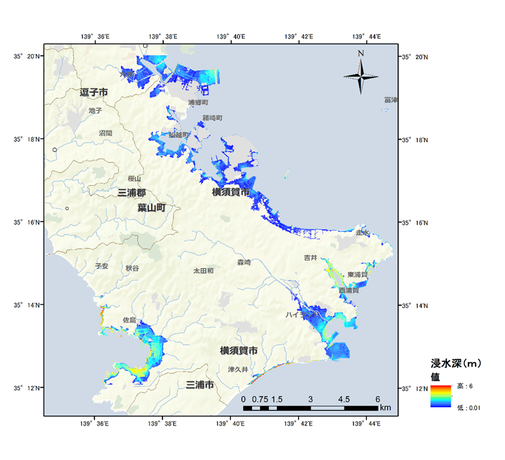Hydraulic Engineering Laboratory
The Hydraulic Engineering Laboratory is currently working on the elucidation of natural phenomena, such as oceans, coasts, and rivers, as well as the study of disaster prevention technology.
Teaching staff




Main research themes
Development of an environmental evaluation method for the coast of Japan using artificial satellite data
As a part of predicting future environmental changes in the coastal areas of Japan, we are studying the spatial structure of the coast of Japan, including the characteristics of its temporal changes, using the data obtained by artificial satellites, focusing on the light blue color, which is the basic coastal environment.
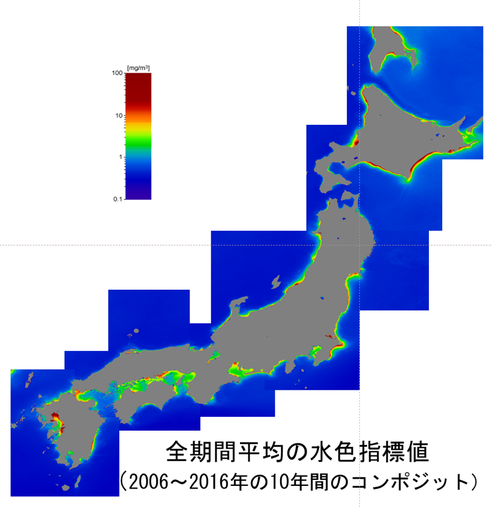
Research on the flooding mechanism of tsunamis and rivers that overflow structures such as embankments
Floods and tsunamis that have occurred in the years have significantly exceeded the height of river and coastal embankments, causing unexpected damage to the areas behind the embankments. Therefore, in our laboratory, we are attempting to elucidate the mechanism of river inundation when overflowing a structure, as well as the effect of the tsunami energy reduction by embankments using hydraulic experiments and numerical simulations.
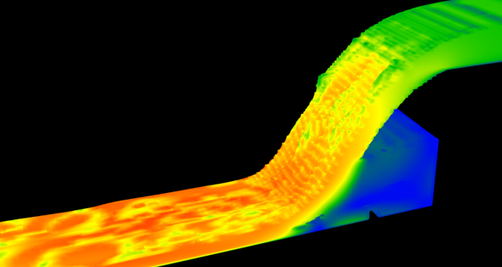
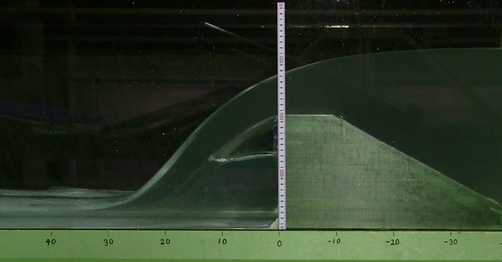
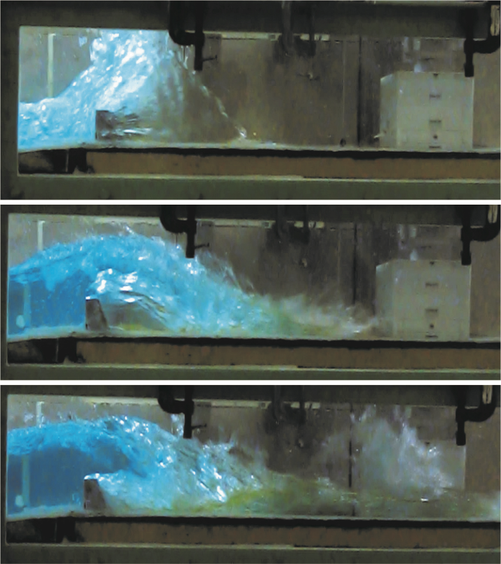
Water disaster risk assessment of coastal areas
To predict and prevent water disasters that may occur in future, it is important to identify dangerous places that will be seriously damaged, such that disaster prevention and mitigation measures could be taken. In our laboratory, we are conducting research to propose tsunami and flood risk assessment methods based on numerical simulations. (The figure below shows the simulation results of tsunami inundation in Yokosuka City, in the event of a major earthquake).
